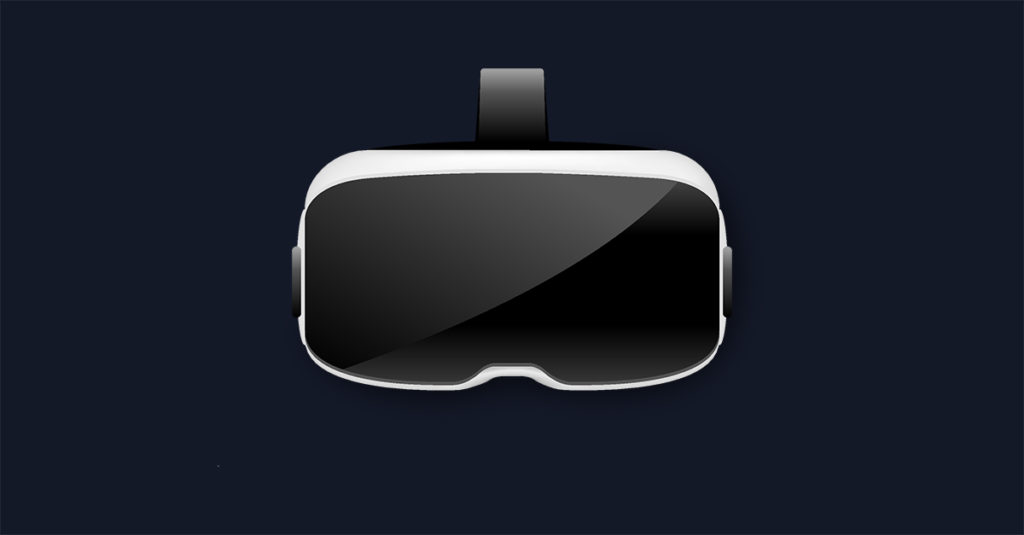
Virtual Reality Is Changing Learning at Home and in School
Virtual reality (VR) isn’t just for gaming anymore. Schools have gotten smart and adopted the technology that brings students right into the action for distance learning.
As VR is being used for everything from college classes to teaching future doctors how to perform in emergencies, there are many new apps for learning from home. What’s more, the price of VR gear is dropping, so it’s now more affordable for many home users who want to learn using avatars and headsets.
Welcome the metaverse into your home
Distance learning classes let students view lectures and also use avatars, or virtual representatives of themselves that populate the metaverse, to interact with teachers and other students.
At Stanford University, hundreds of students have donned VR headsets in the “Virtual People” class. The course, taught in VR, “examines VR’s expanding and evolving role in areas including popular culture, engineering, behavioral science and communication.”
Many companies are developing applications for the metaverse. Before you get started in the metaverse, bring a fiber connection into your home, if it’s available in your neighborhood. Symmetrical upload and download speeds and bandwidth for all the online activity going on in your home at the same time are features you’ll be happy to have.
6 cool VR apps to learn from home
You don’t need to enroll in school to learn while using VR. Many apps are available that let you experience everything from art history to travel while wearing a headset. Here’s a sample:
Explore the world of Vincent van Gogh firsthand. With your Oculus Rift headset, you can view his iconic sunflowers in three dimensions or walk around the chair he painted in his bedroom to see it from other angles.
Learn English, German or Spanish in an immersive setting, optimal for new languages. Your virtual teacher is Mr. Woo, who introduces his family and the town where he lives, so you can visit the airport, the zoo, the café and more while you build vocabulary through mini games and puzzles.
Travel the world while you learn languages. By donning a headset you can make virtual friends in Barcelona, check into a hotel in Tokyo and order local food in a German restaurant. The idea is to step into a new, virtual world and practice conversations in realistic scenarios. The app also gives you feedback on your pronunciation.
Both kids and adults can learn about the history of space travel with this app that places you in the body of an astronaut experiencing the historic NASA mission. Not only do you get to relive the events of 1969 from a first-person perspective, you can also take control and fly the command module, land the lunar lander, explore the Moon’s surface and deploy the lunar experiments all before returning to Earth in a fiery re-entry.
Children and adults alike can learn about the oceans, exploring an underwater world that includes dolphins, sharks, turtles, sea snakes, rays, whales, manatees and sea lions. Swim around 14 habitats using innovative motion controls while the education mode teaches you about the animals you come across.
Ready to learn to paint? Here’s a whole new way to look at colors, brushes and perspective. Check out the work of the app’s artists-in-residence, then apply that inspiration to your work that you can upload online.
The gear you need
A few years ago, VR gear cost thousands of dollars, but now you can buy a capable VR headset that’s useful for remote learning for less than $300.
The Quest 2 headset made by Meta (formerly known as Facebook) doesn’t even need to hook up to a computer to explore VR. The Quest 2 is a self-contained device that works via Wi-Fi. Using two hand controllers, just strap the headset on and navigate virtual worlds with surprisingly sharp detail.
Of course, you can spend a lot more money for VR gear if you want the very latest technology. The Valve Index is popular with PC gamers and offers higher-resolution screens, which makes the picture look more realistic. You’ll need a high-end PC to hook up the Valve Index with a cable.
But for most users who are interested in VR education, the Quest 2 is the best choice, as it’s easy to use and has many apps available. The Quest 2 works by connecting to the internet, so having a fast fiber connection, especially at 2 gig speed, can help you make the most out of virtual reality. High-speed internet will help keep the picture sharp and let you zip through different scenes.
If you’re wondering about the appropriate ages for kids to be wearing VR headsets, so far the headset makers—such as HTC, Oculus and Sony—have not reached a consensus. But it’s probably safe to say that parents should be informed and aware of the kinds of gear their children are using for online activity.
Product features may have changed and are subject to change.



